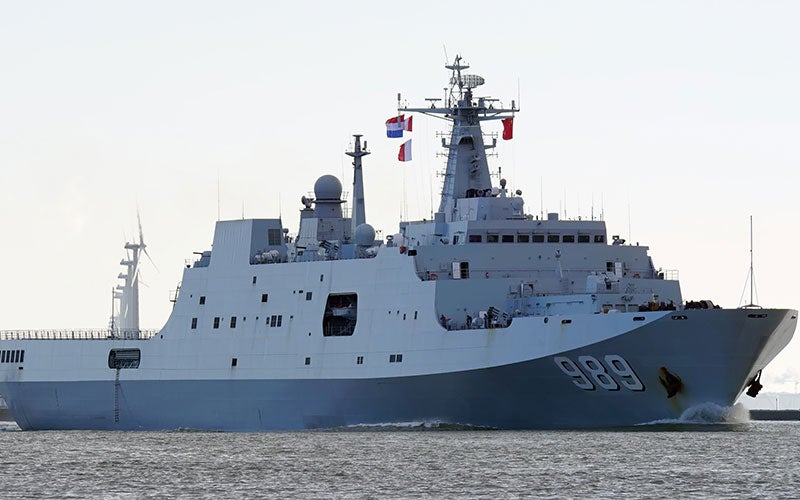https://www.vibe.com/2018/05/philadelphia-teen-homelessness-to-harvard/moved the family to Tennessee, partially to escape violence in their Philly neighborhood. They later relocated from Tennessee to Florida where they fell on hard times, and at one point lived between motels and shelters.
“My last memory of Florida is walking for miles on a highway with a TV that my dad had gotten me for Christmas in both my hands, while my mom pushed the stroller and some other stuff,” Jenkins recalled in a recent interview with the Philly Inquirer. “It was a bad time.”
Richard “Tre” a Jenkins, an 18-year-old Philadelphia student who overcame homelessness and bullying, will be heading to Harvard University this fall on a full scholarship.
Turned down by Yalemaintained an “A” grade average in school, and is valedictorian of his class, but the teen has persevered through a lot over the years.
moved the family to Tennessee, partially to escape violence in their Philly neighborhood. They later relocated from Tennessee to Florida where they fell on hard times, and at one point lived between motels and shelters.
“My last memory of Florida is walking for miles on a highway with a TV that my dad had gotten me for Christmas in both my hands, while my mom pushed the stroller and some other stuff,” Jenkins recalled in a recent interview with the Philly Inquirer. “It was a bad time.”



